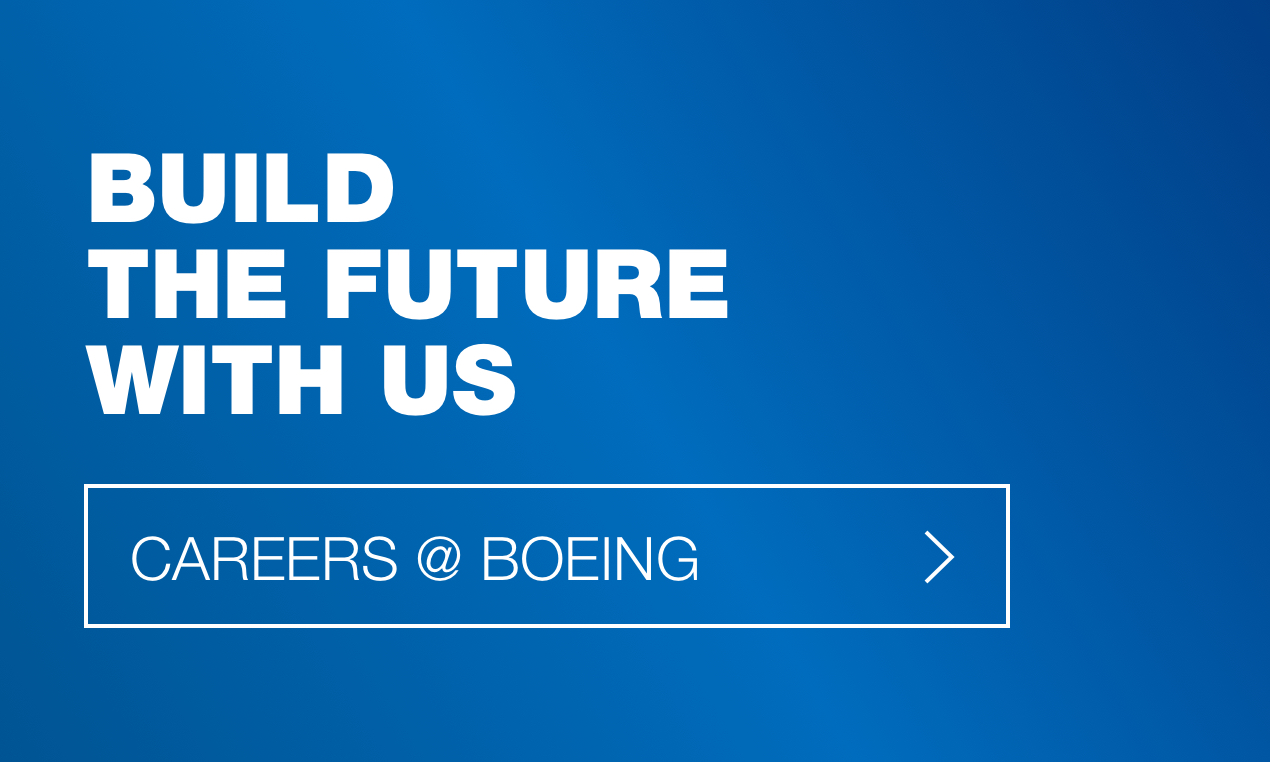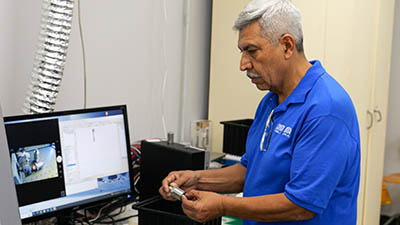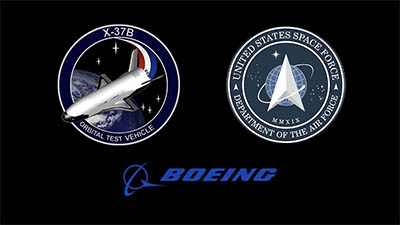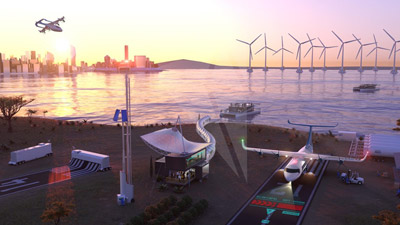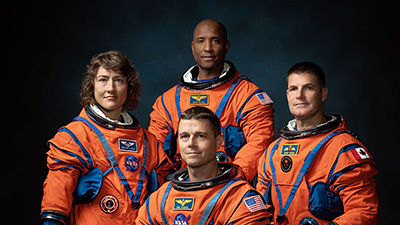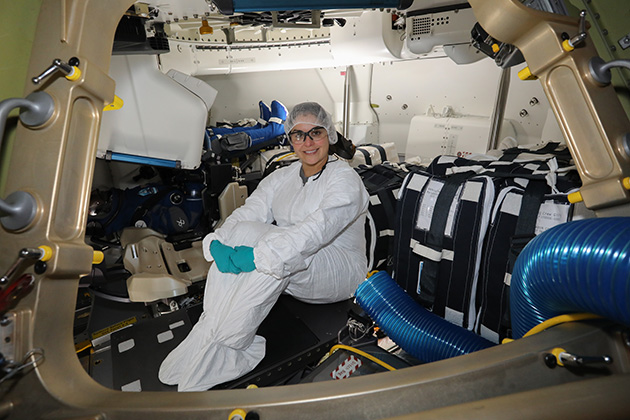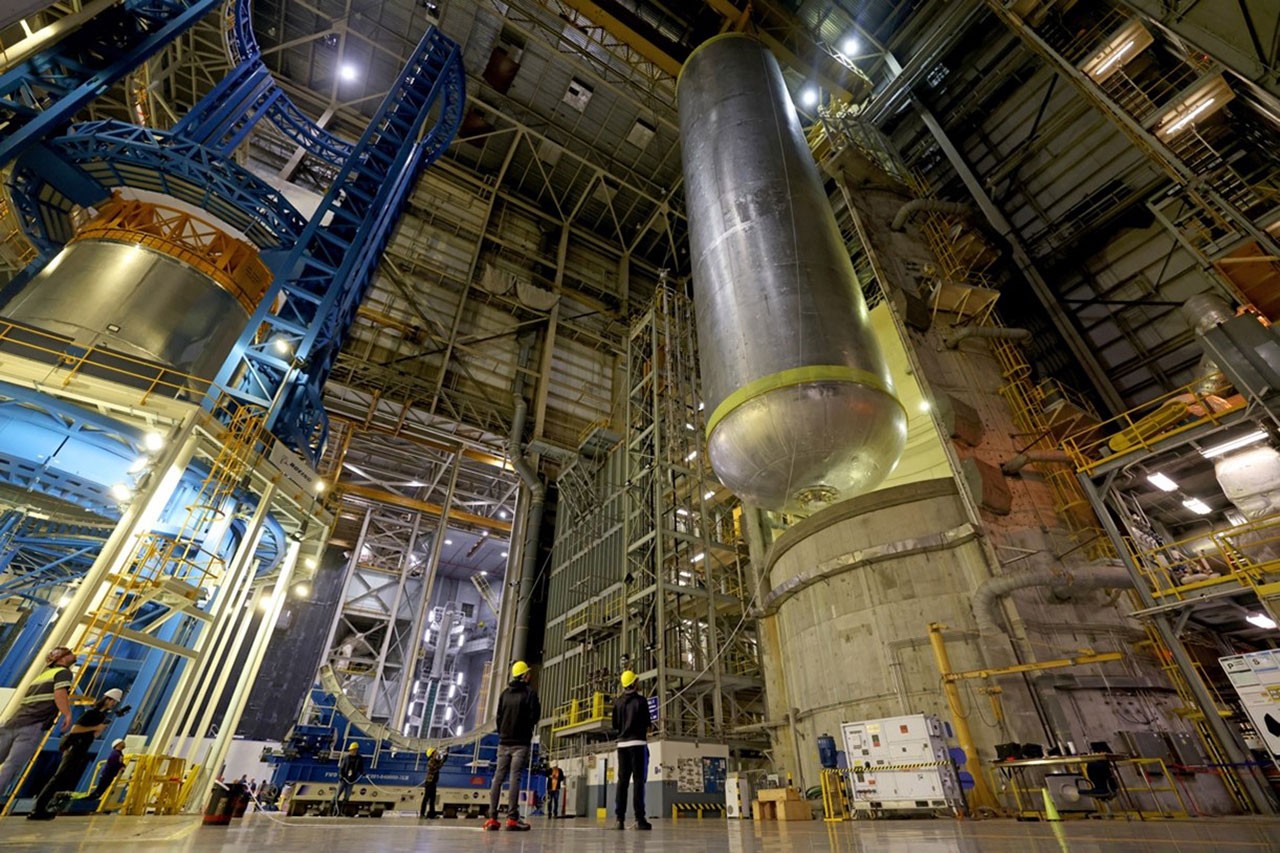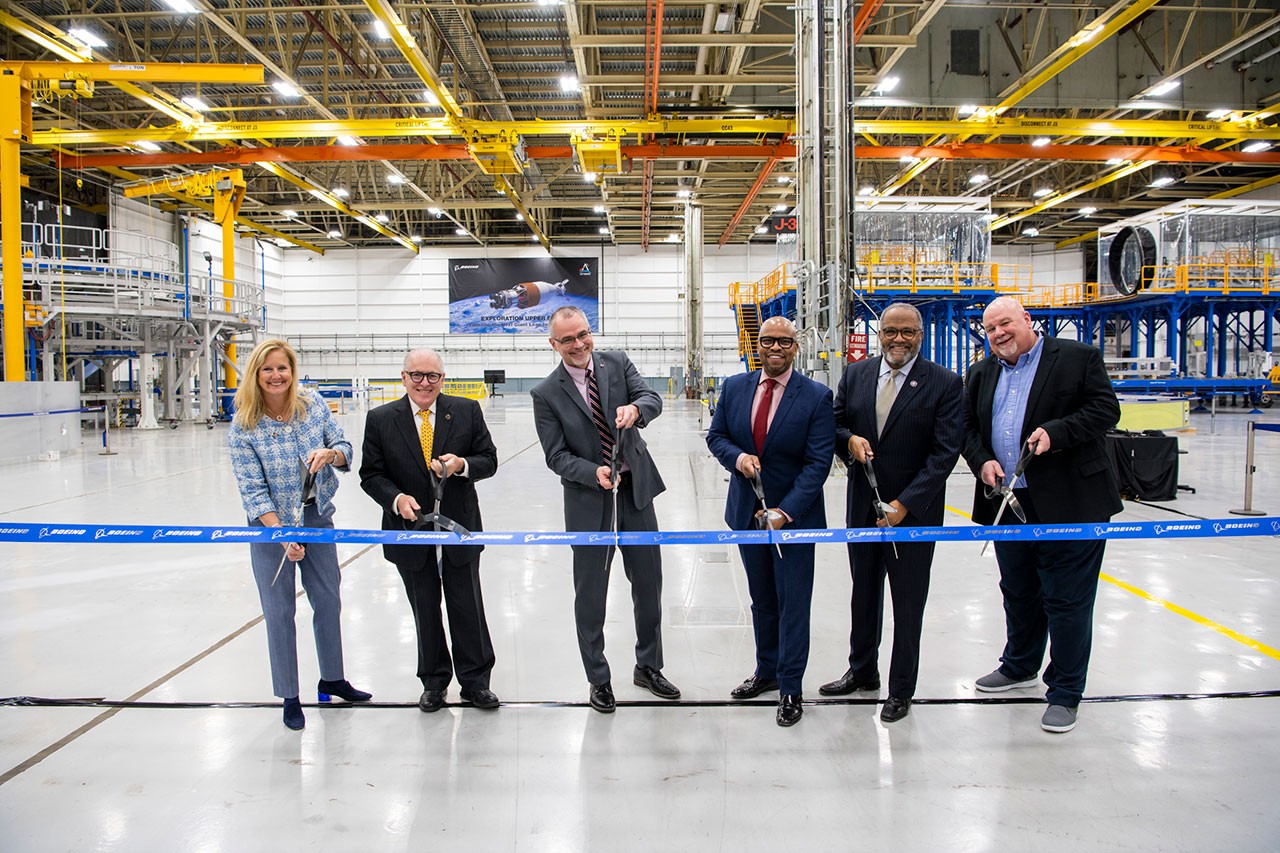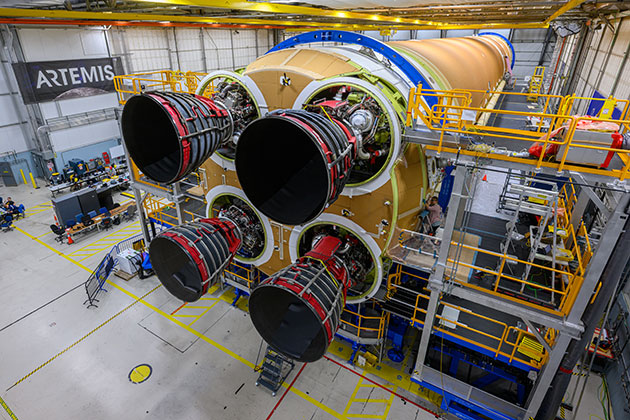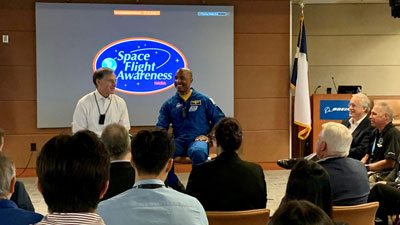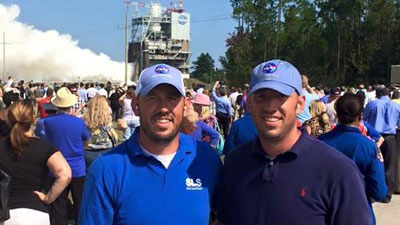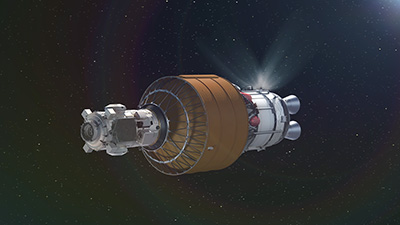Predict to prevent: Aerospace safety analytics
Proactively identifying hazards and analyzing risk to improve safety

Vishwa Uddanwadiker is the safety analytics lead in Boeing’s Chief Aerospace Safety Office (CASO). He is responsible for strengthening the Safety Management System for Boeing products and services through the use of data science and data analytics. He leads the development of the Boeing Safety Intelligence Solution that uses advanced modeling techniques and machine learning algorithms to identify hazards and risks through data.
In the following Q&A with Innovation Quarterly, Uddanwadiker outlines how safety and, in particular, safety data travel from engineers to the factory floor and into the sky.
IQ: How has Boeing’s aerospace safety analytics approach changed?
VU: We always start with CASO’s mission: Drive aerospace safety to prevent accidents, injury or loss of life, with our Boeing culture and actions rooted in safety.
Advanced analytics enable this mission. The keyword is prevent — to accomplish that, deep knowledge of critical causation models helps proactively identify hazards and monitor risks. Then, the feedback loop runs through safety risk management and safety assurance processes and ultimately back into design practices and engineering teams.
It’s all part of our overall Safety Management System (SMS), a top-down, organizationwide approach to managing safety risk. SMS offers the vision. Aerospace safety analytics brings that vision to life.
As for a fresh approach, we are first studying key system engineering and accident causation models. Second, the right hypotheses and questions are being developed to interrogate the data. Third, external collaboration with industry partners and regulators provides diverse perspectives. Fourth, an integrated product team pulls in talent from all corners of the company to ensure the right mix of functional and technical subject matter experts.
IQ: How does Boeing proactively identify potential safety issues and then take preventive action?
VU: The aerospace industry represents a complex system with many data sources and potential safety issues. A holistic look at the data will reveal correlation and causation, rather than a needle-in-a-haystack approach. It is about identifying the right signals in the midst of the noise. We combine systems engineering and domain knowledge with advanced analytics to model safety risk.
The timeline is a three-step process. In the short term, signals from the operations environment are fed back to engineering. This feedback loop ensures the engineering is working on the factory floor.
In the medium term, we track our Continued Operational Safety Program (COSP) through our customer support function. This is data we examine carefully to identify potential safety issues.
In the long term, sometimes spanning decades, an airplane model’s performance over its lifetime informs future product and service design. All of this information is collected as operational metrics and risk models in the Boeing Safety Intelligence Solution, an effort to gather learnings in one living document. This aligns with the International Civil Aviation Organization’s (ICAO) standard as expressed on the organization’s website:
“The new era of computers and monitoring systems now allows to collect a huge amount of safety data, which, when correctly analyzed, can be transformed in what we called ‘safety intelligence’ and/or precursors to better address and monitor these risks.”
IQ: Explain the Aerospace Safety Analytics Roadmap and where Boeing hopes to be by 2025.
VU: The roadmap has three horizons. The first, which the company completed in 2021, aimed at developing demonstrators — building on previous work and extending it to move toward more proactive analytics. Assessing sources of data helped identify which different types are needed. We also looked at system engineering models and how to apply them and built on work with external stakeholders.
In the second and current horizon, the focus is the build-out of the Boeing Safety Intelligence Solution and the risk models that plug into it. Interrogating various types of data divulges more about correlations and causations of safety risk. The SMS team can then determine how to best inculcate its vision into our business units.
The third and future horizon is about actively identifying hazards and risks through data, then tracking and mitigating through the SMS processes. This horizon will be more integrated and visible outside the company.
By 2025, the goal is an SMS run completely with the Boeing Safety Intelligence Solution as its central nervous system — monitoring design, build and operations to predict and prevent safety issues. This will have strong integration as design practices and feedback loops connect back to engineering teams.
IQ: What important work is your team working on right now?
VU: The Boeing Safety Intelligence Solution stands on four pillars: Compliance, Conformance, Fleet Safety and SMS Performance. The first three run parallel to Design, Build and Operate. The fourth is about how well the SMS is functioning in the real world.
In the context of these four, insight into hazards, safety performance and building risk models will provide predictive and proactive input into the safety risk management and safety assurance processes.
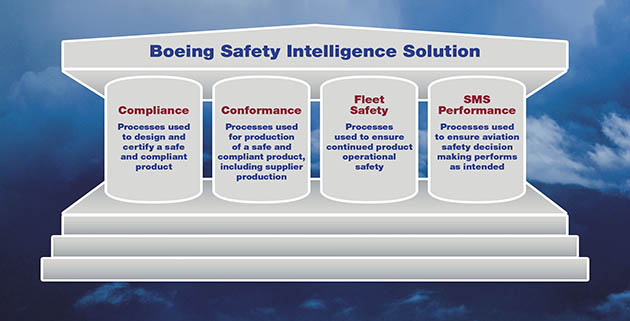
Examples of recent work:
- A deep study of landing performance calculations and runway overruns
- A closer look at system engineering models that describe normalization of deviation and interrogating how it shows up in the data
- Comparison of several predicted hazard probabilities and observed event frequencies based on fault trees and operational data
- Natural language processing applied to large quantities of text found in COSPs and potential safety issues and potential safety issue mining in public datasets
IQ: What are some of the team’s most pressing challenges?
VU: It is a rare opportunity to work in a field with such a clear and compelling mission that helps us rally together: Drive aerospace safety to prevent accidents, injury or loss of life, with our Boeing culture and actions rooted in safety. In terms of technical challenges, data needs to be cleaned and normalized before comparison with other datasets is possible. In this industry, there is also a lot of information in natural language format, human-speak that a computer may not be able to process. Building the right tools to ingest, translate and classify the language appropriately is important. Also, data quality is good over the last few years. But comparing information from the previous decade to today is difficult but necessary work.
Another significant challenge is the breadth and depth of expertise required to model the diversity of risks across design, production and operations. The work spans many engineering, operations and analytics disciplines and other sciences such as anthropology, immunology and more. An agile development program and integrated product team structure helps connect stakeholders from across Boeing and external partners within each study and development effort. A single team cannot be big or broad enough for this mission — it requires the whole company and industry working together.
And finally, functionally speaking, it is a daunting task to craft the right questions and hypotheses upfront. In most cases, it becomes cyclical — as you get a feel for the data, you have to go back and refine the hypothesis. Also, validating the conclusions of the risk models is quite complex in this field.
Fortunately, talented team members self-select and enthusiastically accept some of the toughest challenges. The mission and purpose of the effort help overcome technical and functional challenges every day.
AWARD WINNER
Vishwa Uddanwadiker was recently selected as the 2022 Asian American Executive of the Year. The award is presented as part of U.S. National Engineers Week to honor outstanding Asian American professionals in academia, public service and industries.
